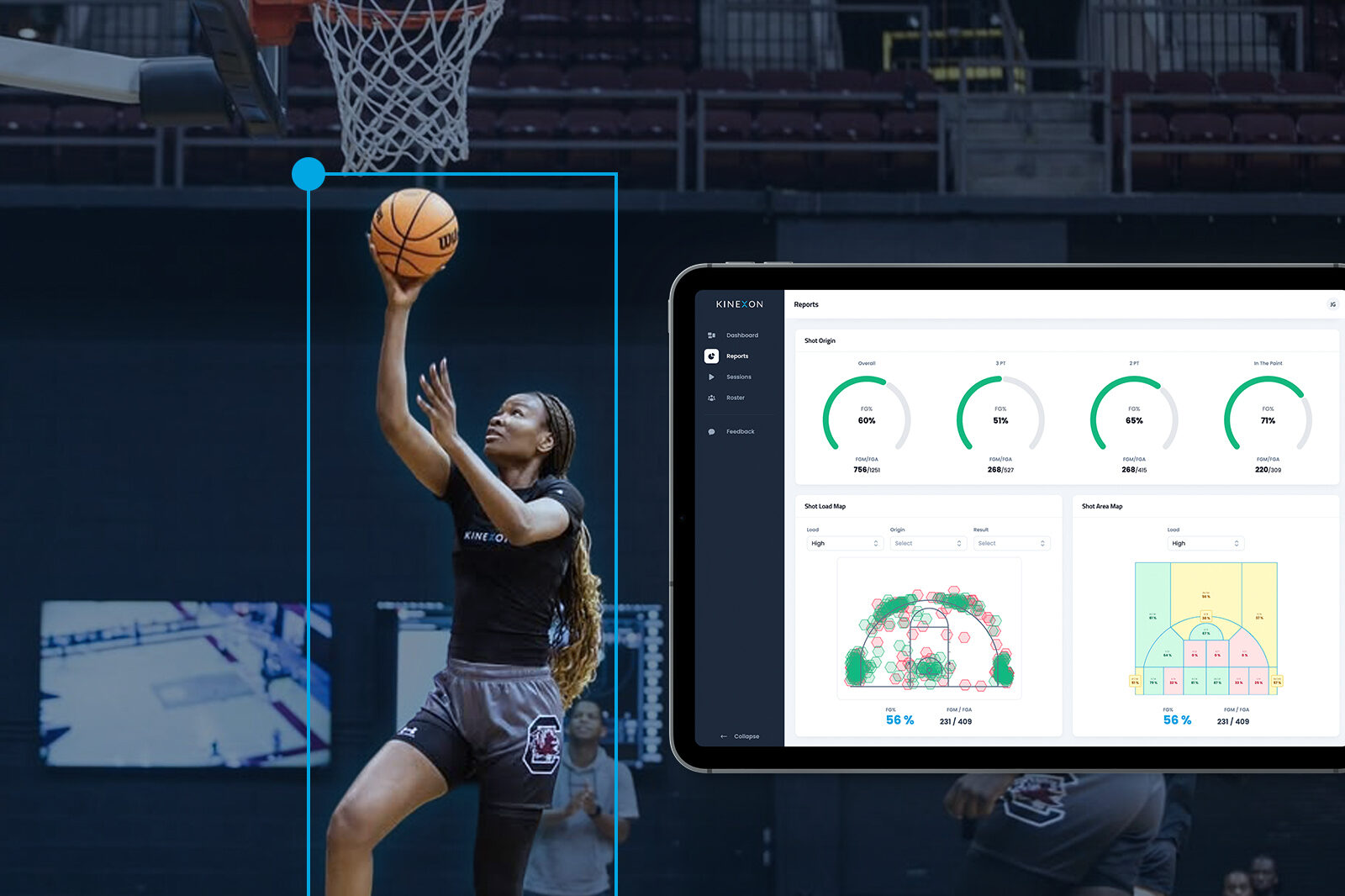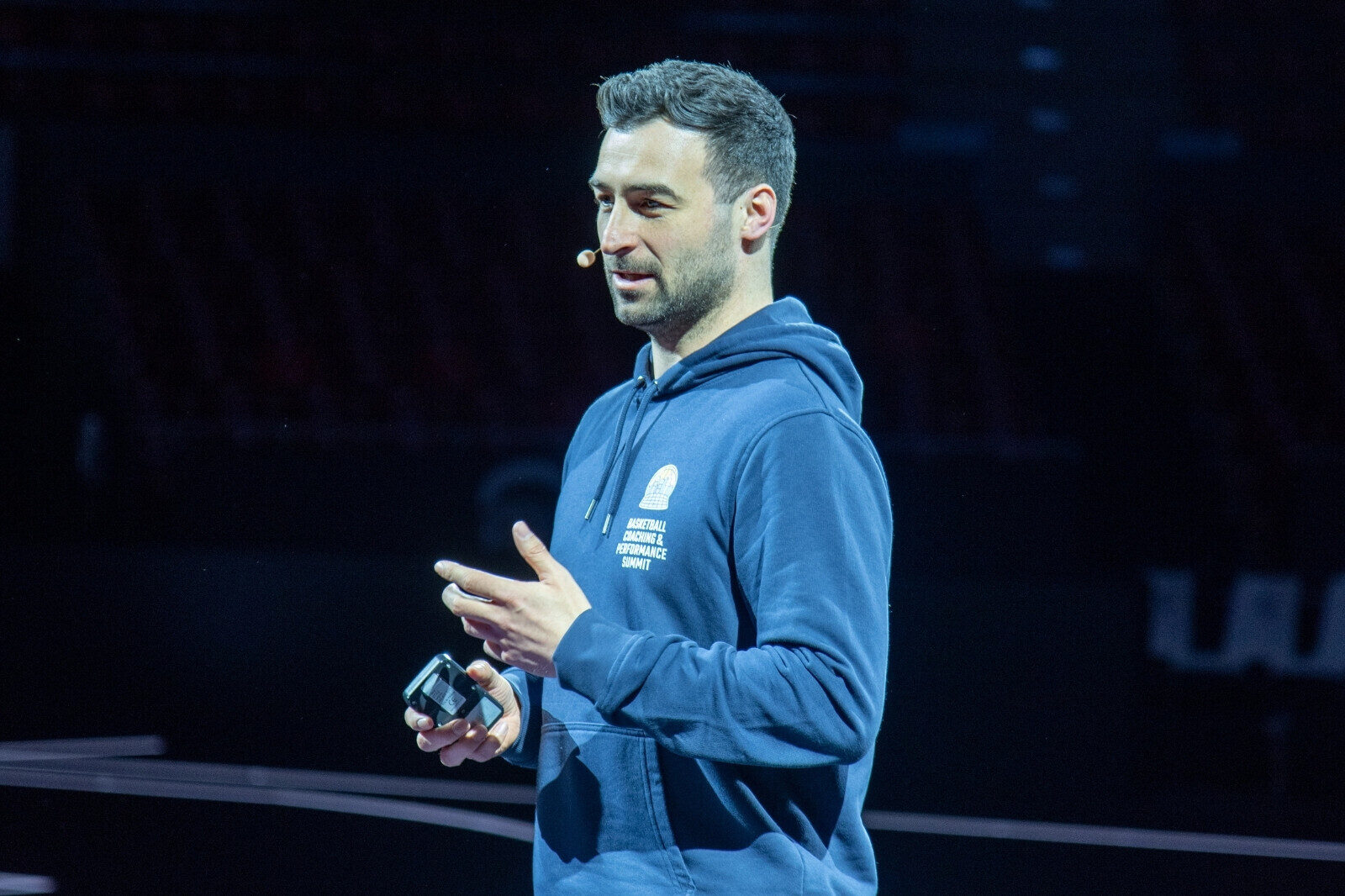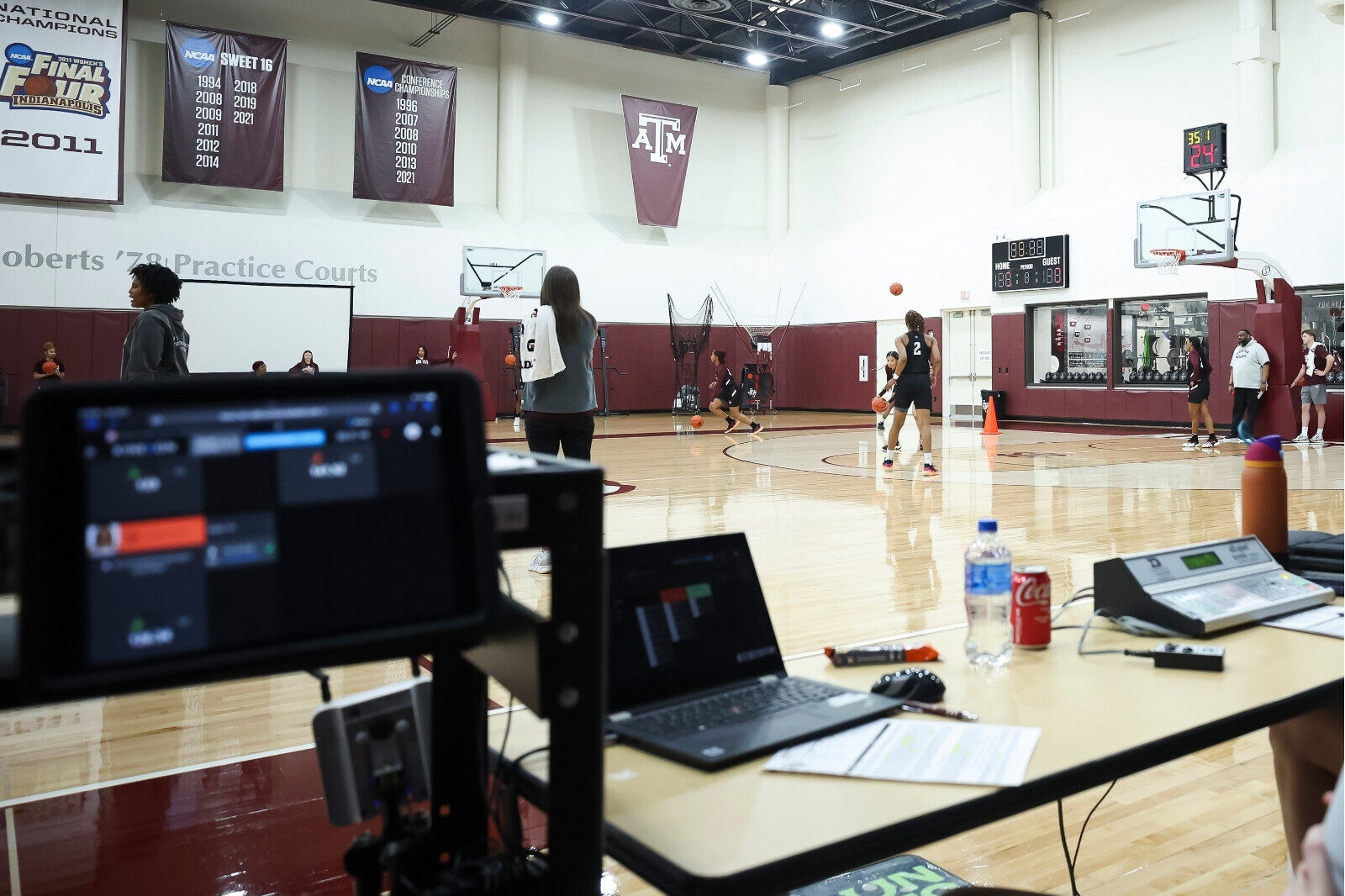How Sports Technology is Helping to Establish Player Metrics for Women
Author: Gregory Bernstein
In sports technology, performance thresholds serve to automatically detect significant physical events and simplify analysis. Since there has been more extensive data collection in men’s football for years, it is often easier to adopt thresholds according to national and international standards for men. But what about player metrics for women?
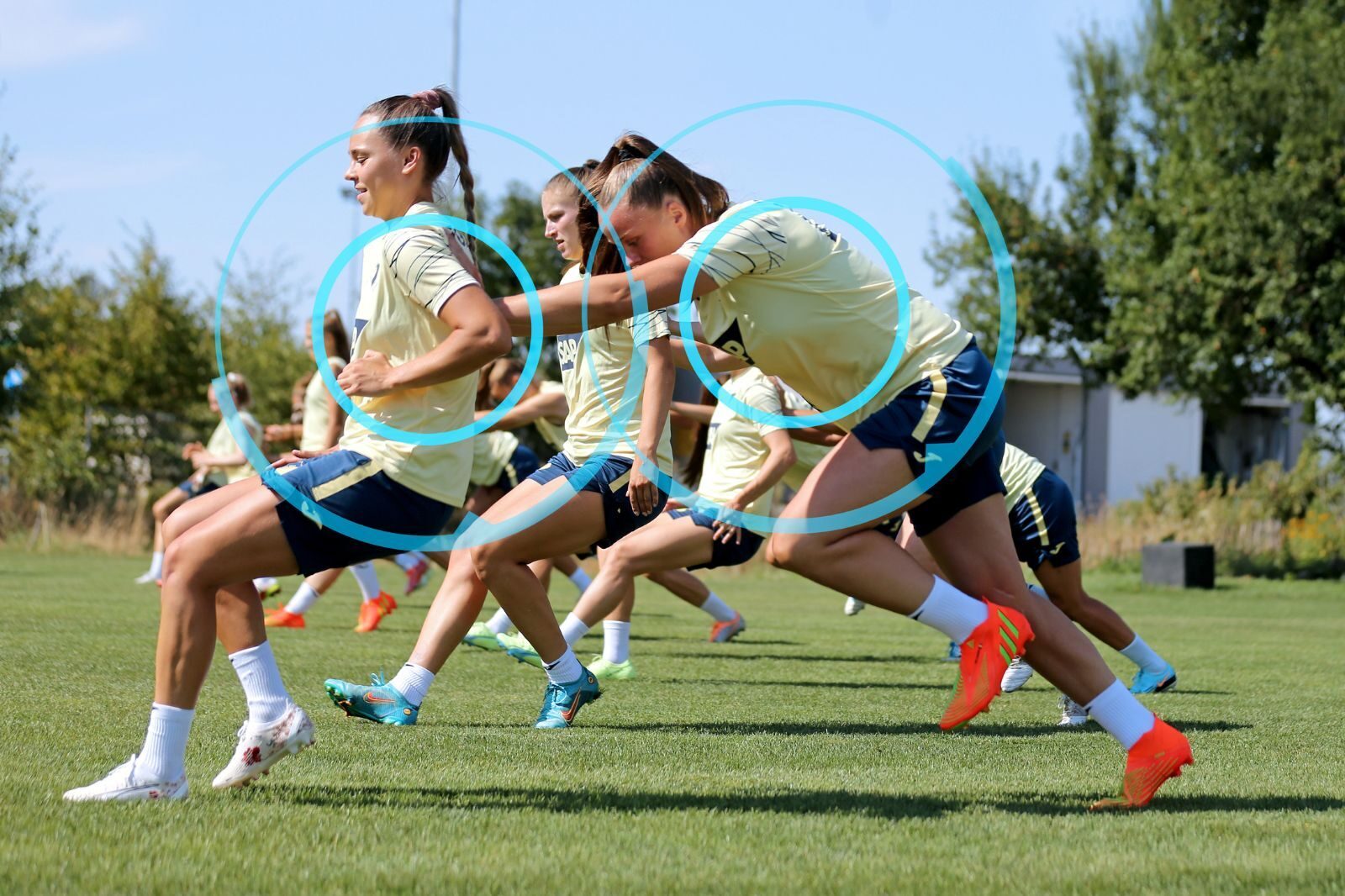
Technology in sports is changing. Years of sports performance training with women’s teams, is helping to establish meaningful thresholds for women athletes. It’s coming solely from historical data women’s teams are collection, and part of a new standard we’re setting for women’s sports.
Defining Sports Performance Thresholds
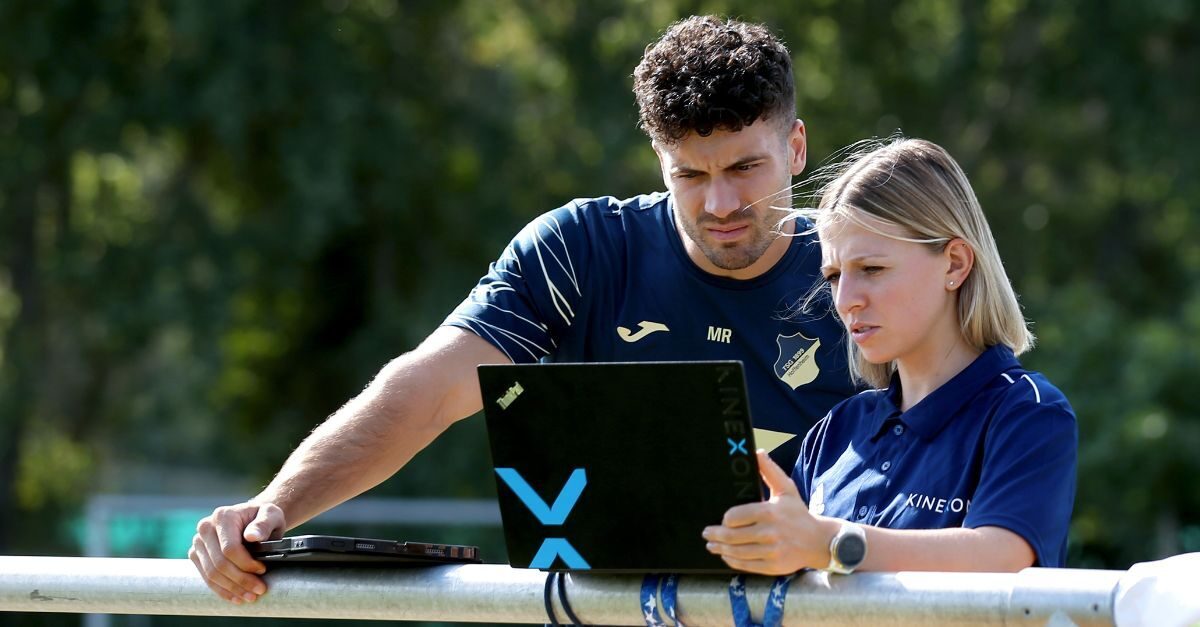
In sports performance testing, a threshold typically refers to a specific value or level that needs to be reached or surpassed. It will be used to indicate a desired performance outcome or qualification. It serves as a benchmark or point of reference for evaluating an athlete’s abilities or physical attributes.
Thresholds can vary depending on the specific test being conducted and the goals of the assessment. They may be established based on any number of criteria, including:
- Scientific research
- Historical data
- Established standards within a particular sport or athletic organization
For example, in a speed test, the threshold may be a specific time that needs to be achieved to indicate excellent sprinting ability. In a vertical jump test, the threshold may be a certain height that needs to be reached to demonstrate explosive power.
Learn more about KINEXON’s approach to defining thresholds in women’s football in collaboration with TSG Hoffenheim.
Creating Thresholds for Women’s Football

To determine appropriate and meaningful thresholds for women’s football, we’ve analyzed data from different national and international teams at different league levels. This includes the collaboration we’ve been doing with the TSG Hoffenheim women’s team.
At KINEXON, we’re excited to be at the forefront of defining best practices and tailoring analytics for women athletes. As we continue to collect more performance tracking data from our women’s teams, we will continue to analyze results and adapt thresholds in order to improve the quality of our metrics, leading to increased optimization of performance and better return to play protocols.
Our goal is to have ongoing collaboration with teams, leagues, federations, and associations to establish the gold standard for performance tracking and monitoring in women’s sports.
Meaningful Women’s Football Metrics
Through our research and experience over the years we’ve discovered several metrics that are important for women football players, including:
- High speed running/speed zones
- Acceleration
- Deceleration
- Change of direction
We have now adjusted the thresholds for these and many other metrics to provide meaningful analyses and insights. The KINEXON system also allows coaches to set individual zones and benchmarks to tailor analyses optimally for their athletes and team-specific needs.
Why Do We Need Women-Specific Data?

Women’s teams need high quality performance tracking solutions that are worthy of the effort their athletes put forth on the field every day.
Why? Because in professional sports, men’s and women’s alike, every percentage point counts. Injury risk and types of injuries vary. We have talked about the fact that women are up to six times more likely to suffer an ACL injury. Significantly decreasing the risk to overtrain your players could make a difference every time your team steps on the pitch.That’s why, at KINEXON, we’re on a mission to set new, meaningful standards that coaches can use to plan and interpret their athletes’ performance.
You can learn more about our joint initiative powered by AWS here. We strive to make sure your athletes can deliver a maximum performance during every game by accounting for critical differences between men and women athletes.
Building Thresholds for All Women’s Sports
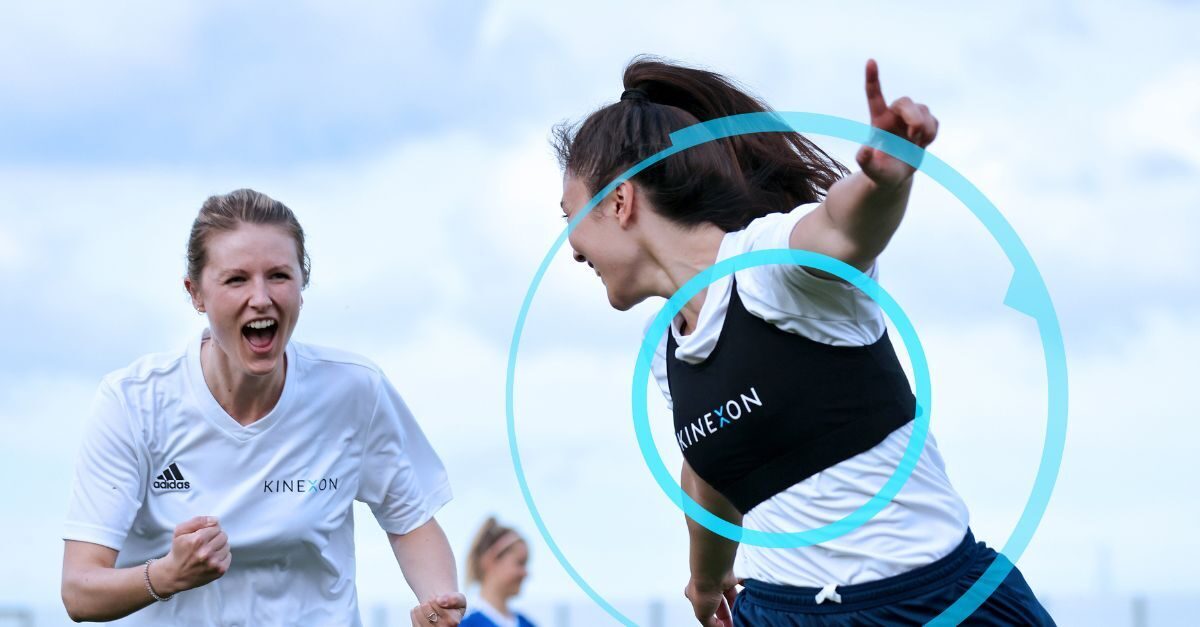
In addition to football (soccer), we’re developing women’s specific thresholds for multiple sports, including basketball, volleyball and handball.
By setting thresholds, sports scientists, coaches, and trainers can objectively measure an athlete’s performance and determine whether they meet the desired criteria for success in their sport.
At KINEXON, we are always available to answer questions regarding our customers’ specific training needs, such as:
- Monitor progress over time
- Identify areas for improvement
- Make informed decisions regarding training programs and performance enhancement strategies
If you’d like to learn more about KINEXON’s initiative, or have questions about developing thresholds for your team, feel free to contact us at any time.
Recently, we have released on of our first women-specific features. Demand planner dashboards are now available for all women’s teams and can be used to orient their training with their menstrual cycles. Learn how it works by only following five simple steps.

